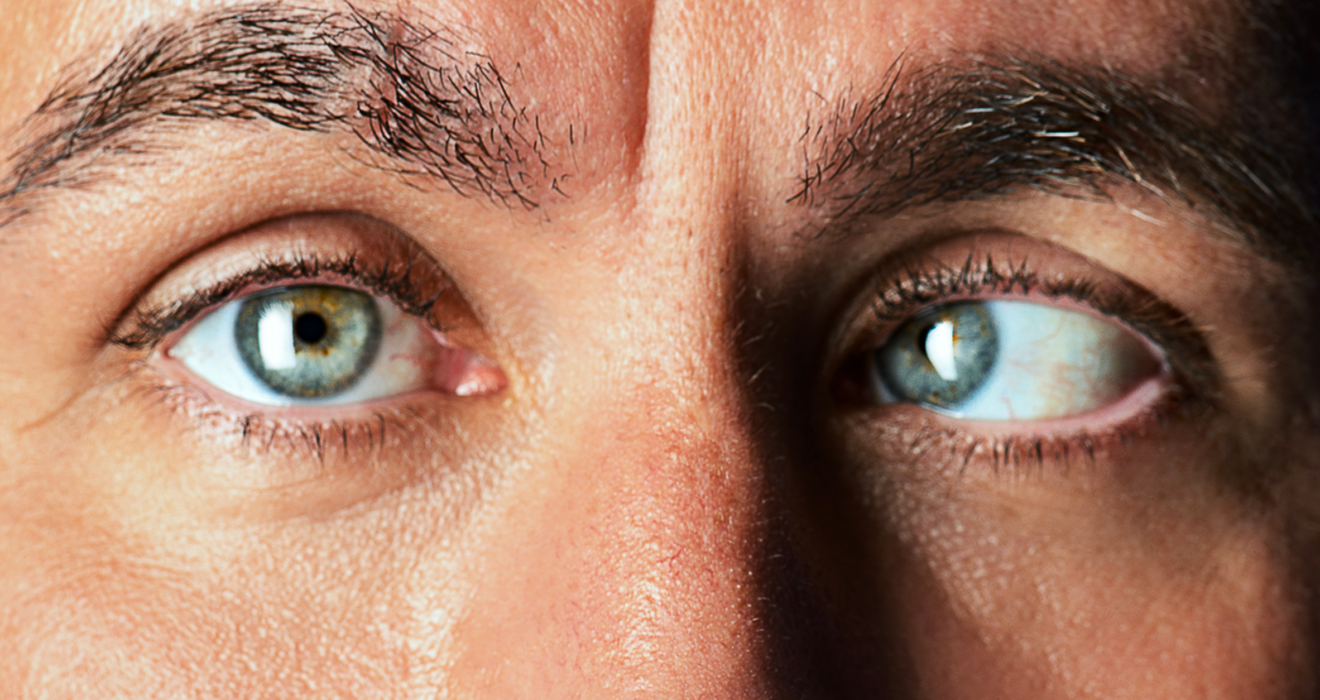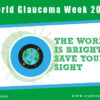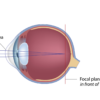Strabismus (crossed eyes)
Crossed eyes or strabismus, is a condition in which both eyes do not look at the same place at the same time. It usually occurs in people who have poor eye muscle control. The condition may be present occasionally or constantly. it may result in amblyopia or loss of depth perception.
Strabismus can occur due to muscle dysfunction, farsightedness, problems in the brain, trauma or infections. Risk factors include premature birth, cerebral palsy, and a family history of the condition. Under normal conditions, the six muscles that control eye movement work together and point both eyes in the same direction. Patients with strabismus have problems with the control of eye movement and cannot keep normal ocular alignment (eye position).
Strabismus can be categorized by the direction of the turned or misaligned eye:
- Inward turning (esotropia)
- Outward turning (exotropia)
- Upward turning (hypertropia)
- Downward turning (hypotropia)
Other factors to consider that help determine the cause and treatment of strabismus:
- Did the problem come on suddenly or overtime?
- Was it present in the first 6 months of life, or did it occur later on?
- Does it always affect the same eye, or does it switch between eyes?
- Is the degree of turning small, moderate, or large?
- Is it always present, or only part of the time?
- Is there a family history of strabismus?
Causes & risk factors
Strabismus can be caused by problems with the eye muscles, the nerves that transmit information to the muscles, or the control center in the brain that directs eye movements. It can also develop due to other general health conditions or eye injuries.
Risk factors for developing strabismus include:
- Family history. People with parents or siblings who have strabismus are more likely to develop it.
- Refractive error. People who have a significant amount of uncorrected farsightedness (hyperopia) may develop strabismus because of the additional eye focusing they must do to keep objects clear.
- Medical conditions. People with conditions such as Down Syndrome and cerebral palsy or who have suffered a stroke or head injury are at a higher risk for developing strabismus.
What are the types of strabismus?
There are several forms of strabismus. The two most common are:
- Accommodative esotropia: This often occurs in cases of uncorrected farsightedness and a genetic predisposition (family history) for the eyes to turn in. Because the ability to focus is linked to where the eyes are pointing, the extra focusing effort needed to keep distant objects in clear focus may cause the eyes to turn inward. Symptoms include double vision, closing or covering one eye when looking at something near, and tilting or turning the head. This type of strabismus typically starts in the first few years of life. This condition is usually treated with glasses, but may also require eye patching and/or surgery on the muscles of one or both eyes.
- Intermittent exotropia: In this type of strabismus, one eye will fixate (concentrate) on a target while the other eye is pointing outward. Symptoms may include double vision, headaches, difficulty reading, eyestrain, and closing one eye when viewing far-away objects or when in bright light. Patients may have no symptoms while the ocular deviation (difference) may be noticed by others. Intermittent exotropia can happen at any age. Treatment may involve glasses, patching, eye exercises, and/or surgery on the muscles of one or both eyes.
Another type of strabismus is called infantile esotropia. This condition is marked by a large amount of inward turning of both eyes in infants that typically starts before six months of age. There is usually no significant amount of farsightedness present and glasses do not correct the crossing. Inward turning may start on an irregular basis but soon becomes constant in nature. It is present when the child is looking far away and up close. The treatment for this type of strabismus is surgery on the muscles of one or both eyes to correct the alignment.
Adults can also experience strabismus. Most commonly, ocular misalignment in adults is due to stroke, but it can also occur from physical trauma or from childhood strabismus that was not previously treated or has recurred or progressed. Strabismus in adults can be treated in a variety of ways, including observation, patching, prism glasses and/or strabismus surgery.
When do the symptoms of strabismus appear?
By the age of 3 to 4 months, an infant’s eyes should be able to focus on small objects and the eyes should be straight and well-aligned. A 6-month-old infant should be able to focus on objects both near and far.
Strabismus usually appears in infants and young children, and most often by the time a child is 3 years old. However, older children and even adults can develop strabismus. The sudden appearance of strabismus, especially with double vision, in an older child or adult could indicate a more serious neurologic disorder. If this happens, call your doctor immediately.
A condition called pseudostrabismus (false strabismus) can make it appear that a baby has crossed eyes when in fact the eyes are aiming in the same direction. Pseudostrabismus can be caused by extra skin covering the inner corners of the eyes and/or a flat nasal bridge. As the baby’s face develops and grows, the eyes will no longer appear crossed.
Symptoms
Symptoms of Strabismus include:
- Eyes that look misaligned.
- Eyes that do not move together.
- Frequent blinking or squinting, especially in bright sunlight.
- Tilting the head to look at things.
- Faulty depth perception
- Double vision
Treatment
Treatment for strabismus may include eyeglasses, prisms, vision therapy, or eye muscle surgery. If detected and treated early, strabismus can often be corrected with excellent results. People with strabismus have several treatment options to improve eye alignment and coordination. They include:
- Eyeglasses or contact lenses. This may be the only treatment needed for some patients.
- Prism lenses. These special lenses are thicker on one side than the other. The prisms alter the light entering the eye and reduce how much turning the eye must do to view objects. Sometimes the prisms can eliminate the eye turning.
- Vision therapy. Your doctor of optometry might prescribe a structured program of visual activities to improve eye coordination and eye focusing. Vision therapy trains the eyes and brain to work together more effectively. These eye exercises can help with problems with eye movement, eye focusing and eye teaming and reinforce the eye-brain connection. Treatment can occur in your doctor of optometry’s office as well as at home.
- Eye muscle surgery. Surgery can change the length or position of the muscles around the eyes so they appear straight. Often, people who have eye muscle surgery will also need vision therapy to improve eye coordination and to keep the eyes from becoming misaligned again.



